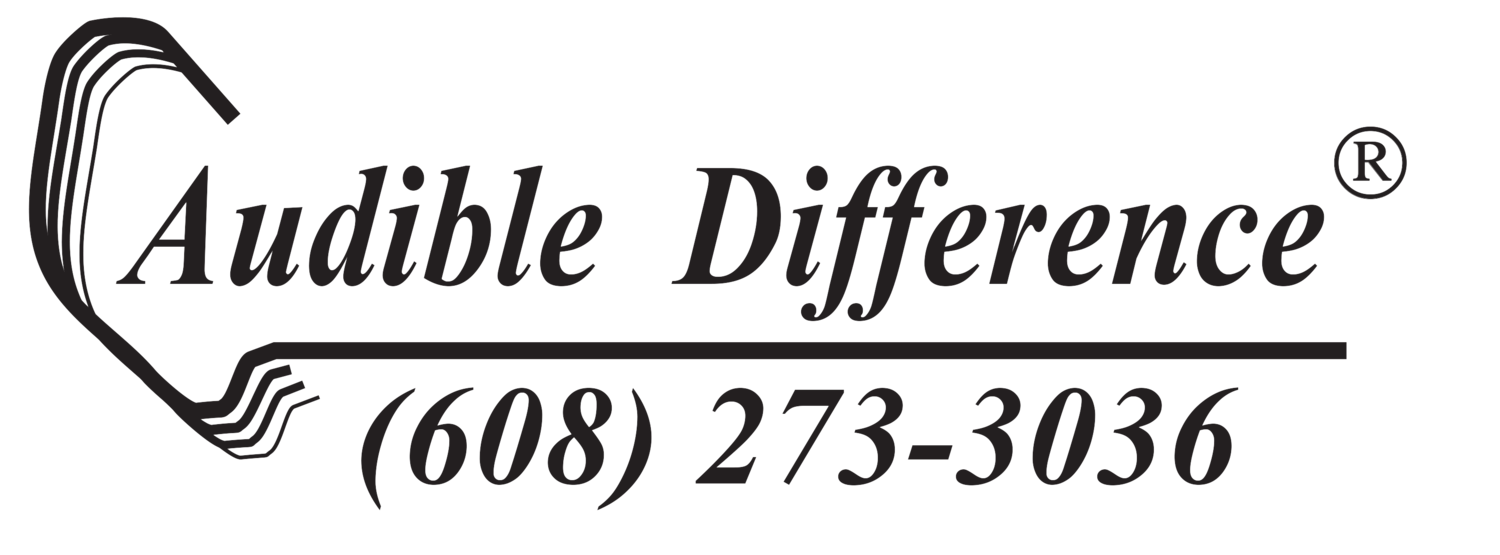
Musicians and Hearing Protection
Do I need to protect my hearing?
If the answers to any of the following questions is "yes," then you are at risk for inner ear damage.
Do you need to shout to be heard during studio or performance work?
Do your ears ring after performances?
Does everything around you sound muffled or distorted after a show or rehearsal?
Do your ears ever feel plugged up after playing or listening to music?
Does your music sound distorted at the end of a long set or rehearsal?
How loud is too loud
The risk criteria described below are general guidelines for the "average person" that can help you determine whether or not the music you listen to is too loud. One factor that we cannot measure is your genetic predisposition to hearing loss. If you have family members with hearing loss, you are at greater risk than someone else who does not have that familial history. Risk of hearing loss is a function of the amount of time you are in the music, the average level of the music, and the peak level of the music. Hearing conservation formulas were developed to provide guidelines for risk criteria. Generally, musicians should verify that sound levels do not exceed 90 dBA SPL for any period of time. One of the responsibilities of the sound engineer should be to measure and log the sound levels in performance both on stage and at the ear of the audience to make sure that the levels are safe for both. Sound level apps on your smartphone are available (use the A-weighted scale). The apps will even show the average amount of time you can safely be in that environment.
This assumes total exposure of loud noise, not just music. If a musician listens to recreational music at high levels, works in a workshop, mows the lawn, or target shoots and then further exposes his hears to two or more hours of loud performance music that exceeds safe levels, then the musician is at risk for further hearing damage.
Simple Steps to save your hearing
Avoid exposure to sounds (all sounds, not just music) greater than 90 dBA
Wear appropriate hearing protection for the level and type of noise.
Rest your ears for 24 to 48 hours after exposure to high levels.
Turn the volume down - even a little (5 dB) helps your ears.
Avoid the temptation to crank it up on the second set. Your ears will fatigue faster - you will increase distortion - and you will not hear your music as well. Turning it up will make the definition worse and will increase the risk of permanent hearing damage.
Move your drummer up onto a platform so that his high hats are not at your ear level. Increase your distance on stage from high level sounds.
Avoid competitive monitoring. Set your levels and leave them. If one band member feels that s/he is not hearing well, change the position of the monitor before you change the level. Consider In-Ear-Monitors.
Have your hearing evaluated by an audiologist once a year.
How can I protect my hearing and still hear to perform?
Musicians Earplugs
Musician’s earplugs were designed by Etymotic Research to provide even sound reduction across frequency so that when you wear them, you hear all the music, but at a slightly reduced volume. They are composed of two parts: 1) a soft silicone earpiece that has been molded to the shape of your ear and 2) an attenuator. The earpiece has a hollow cavity that is tuned to resonate at the same frequency as the average ear canal so that when you insert the Musician’s earplugs you do not get that stuffed up “talking with my head in a barrel” effect that you get with solid earplugs. The attenuators come in three levels of attenuation (sound reduction): ER-9, ER-15, and ER-25. The higher the number, the more sound is reduced. ER-9s are great for classical and jazz musicians. The ER-15s are the most popular and are used by a variety of musicians from heavy classical, to country, folk and rock and roll. The ER-25s are great for drum and bugle corps and to wear if your performance leans more toward levels of Metallica than Moody Blues. Non-custom ER-20's are also available.
Audible Difference not only fits your ears with these custom earplugs, but help you find the right earplugs for your specific needs. We get a “fingerprint” of your hearing system using the latest computerized assessment (distortion product otoacoustic emission testing). We also test your hearing with and without the earplugs to measure the attenuation characteristics once they are in your ears to make sure they fit great and provide the sound reduction and sound quality that they were designed to produce.
In-Ear Monitors
In-Ear monitors allow you to get rid of your stage monitors and substitute monitors in your ears that provide accurate studio quality sound with the mix that you want. You hear what you want without feedback or exposure to ear-piercing levels. Custom earpieces molded for your ears enclose patented transducers for the ultimate in live monitoring. The modular transducers are studio-quality and can be used in recording sessions, transcriptions, and in live performances. Sensaphonics has been a pioneer in professional in-ear monitor development with hearing conservation always in the forefront of product development. Audible Difference provides the professional expertise to make sure that you get the right in-ear monitors for the type of performance your group is producing.







